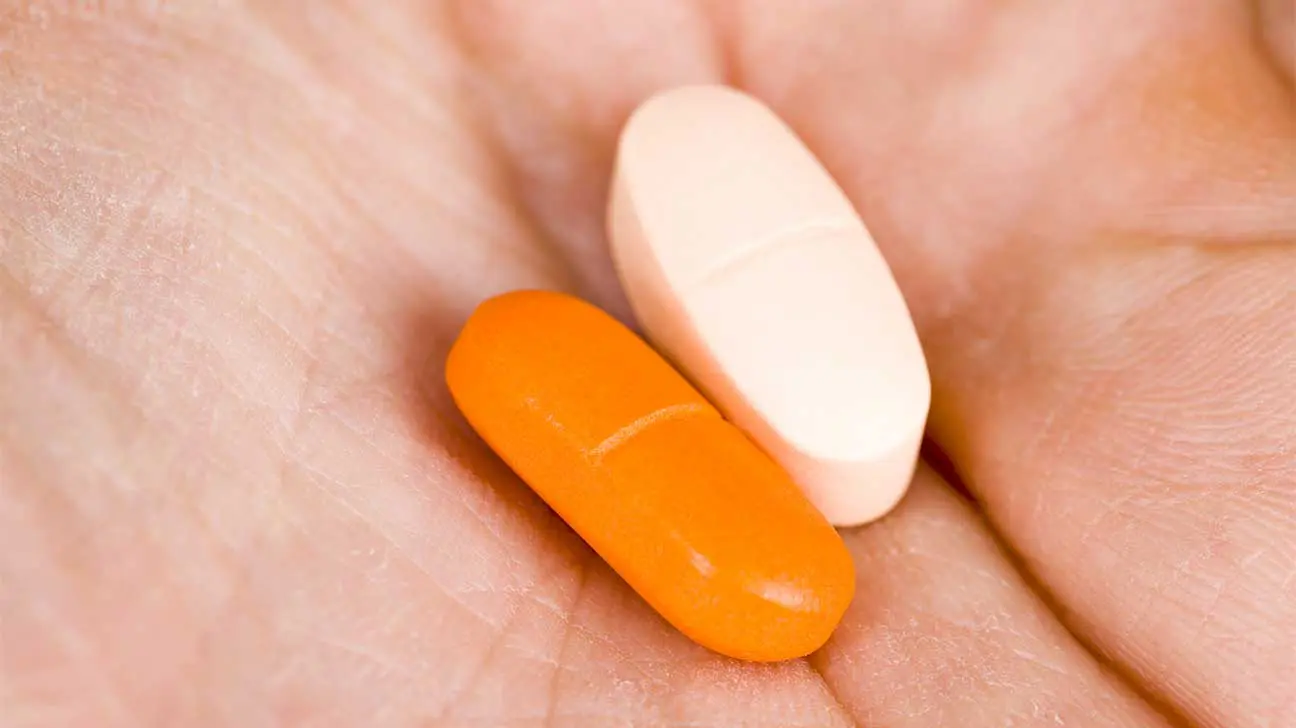
When stimulants like Vyvanse are taken with depressants like Xanax (or other benzodiazepines), either recreationally or as a performance enhancer, dangerous drug interactions can occur.
Both Xanax and Vyvanse can mask the low/high effect of the other.
Yet mixing prescription drugs in any combination can have serious side effects, which may include the risk of overdose and developing an addiction or chemical dependency.
Side Effects Of Xanax And Vyvanse
Mixing prescription drugs to get an enhanced high or to reduce the negative side effects of either of the medications is dangerous because it can cause unexpected side effects.
A person who mixes Xanax and Vyvanse can experience compounded side effects that the two drugs share, even though they are in different drug classes
Side Effects Of Vyvanse
Vyvanse (lisdexamfetamine dimesylate) is a relative newcomer among Attention-Deficit/Hyperactivity Disorder (ADHD) medications that include stimulants like Adderall and Ritalin.
Its uptake mechanism is designed for slow release when taken orally, which is why Vyvanse is marketed as a safe medication for ADHD in adults and children.
The uptake mechanism acts as a safeguard to prevent abuse through “fast release” intake like nasal ingestion.
Nevertheless, the FDA classifies Vyvanse as a Schedule II drug because of its high potential for abuse.
Some side effects of Vyvanse include:
- anorexia/weight loss
- Insomnia
- dizziness
- headache
- stomach pain/constipation
- excessive sweating
- increased heart rate
- irritability and anxiety
Side Effects Of Xanax
Xanax (alprazolam) is a central nervous system depressant that increases the brain’s gamma-aminobutyric acid (GABA) neurotransmitter to ease symptoms of anxiety disorders and insomnia.
As is typical with other benzos, Xanax works to slow down vital systems in order to mitigate panic attacks and other mental health symptoms.
Some general side effects of Xanax include:
- low blood pressure
- lowered respiration rate
- drowsiness/dizziness
- insomnia
- irritability
- nausea/vomiting
- poor balance/coordination
- memory/concentration problems
Risks And Dangers Of Mixing Benzodiazepines With Vyvanse
When stimulants and depressants (uppers and downers) are taken together, they can compound unpleasant and dangerous side effects.
Both drugs impact the central nervous system, so seizure risk and damage to the brain, heart, and lungs become a major concern.
The severity of the side effects from either drug can increase dramatically when mixing Vyvanse and Xanax.
Withdrawal Symptoms Of Xanax
When Xanax dependency develops, withdrawal symptoms occur when a person doesn’t take Xanax. A chemical dependency happens when a person’s body begins to physically rely on a drug to function.
More serious overdose symptoms or side effects may require medical intervention.
Xanax withdrawal symptoms may include:
- heart palpitations
- erratic behavior
- hallucinations
- irritability
- seizures
- sweats
Withdrawal Symptoms Of Xanax
Even when Vyvanse is used appropriately to treat ADHD, a tolerance can develop. The body becomes accustomed to the dopamine release and requires more of the drug to feel the same benefit.
Higher doses followed by sudden cessation of Vyvanse drug use can create withdrawal symptoms such as:
- tremors
- trouble sleeping
- appetite changes
- sweating
- mood swings
- stomach pain
- dry mouth
- hyperactivity
Both Xanax and Vyvanse carry a substantial risk of abuse, causing withdrawal symptoms.
When taken alone, both drugs can be very difficult to stop. When misused together, it can be even harder to quit use of the medications because the withdrawal symptoms compound.
Many people continue drug or alcohol abuse in order to avoid uncomfortable or painful withdrawal symptoms.
Fatal Overdose From Xanax
Xanax has a well-documented history as a preferred benzo for drug abuse.
It is an especially popular controlled substance known for polydrug use. Used alone or with other drugs, the primary risk of Xanax overdose is excessive bodily depression.
Xanax overdose causes the central nervous system to suppress vital systems too much.
Serious overdose symptoms include:
- shortness of breath or inability to breathe (respiratory depression)
- low blood pressure and heart failure
- blurred vision extreme
- coma
- tremors and weakness
- loss of coordination/dizziness
Fatal Overdose From Vyvanse
Vyvanse has not had the same fatality rate as other uppers. However, when abused or taken by people with existing conditions, overdose symptoms can be dangerous.
Vyvanse overdose symptoms may include:
- increased blood pressure
- sudden death from heart attack or stroke
- worsened bipolar symptoms (manic behavior)
- psychotic symptoms (hallucinations)
- rapid breathing
- tremors
- panic
- low blood pressure
- coma
- nausea/vomiting
- fever
- liver damage
Whenever benzos and uppers are used together, the major overdose fear is stopped breathing or heart failure.
When the central nervous system is placed under substantial stress, such as by taking too much of multiple drugs, the outcome can be disastrous.
Find Treatment For Drug Addiction Today
If you are trying to find you the best treatment option for your needs, call us today. We have more information for you on the recovery process and how to get started.
Addiction Resource aims to provide only the most current, accurate information in regards to addiction and addiction treatment, which means we only reference the most credible sources available.
These include peer-reviewed journals, government entities and academic institutions, and leaders in addiction healthcare and advocacy. Learn more about how we safeguard our content by viewing our editorial policy.
- Medscape – Benzodiazepine Toxicity
https://emedicine.medscape.com/article/813255-overview - Centers for Disease Control and Prevention—Attention-Deficit Hyperactivity Disorder
https://www.cdc.gov/ncbddd/adhd/data.html - StatPearls—Amphetamine Toxicity
https://www.ncbi.nlm.nih.gov/books/NBK470276/ - U.S. Food and Drug Administration—Vyvanse
https://www.accessdata.fda.gov/drugsatfda_docs/label/2007/021977lbl.pdf


